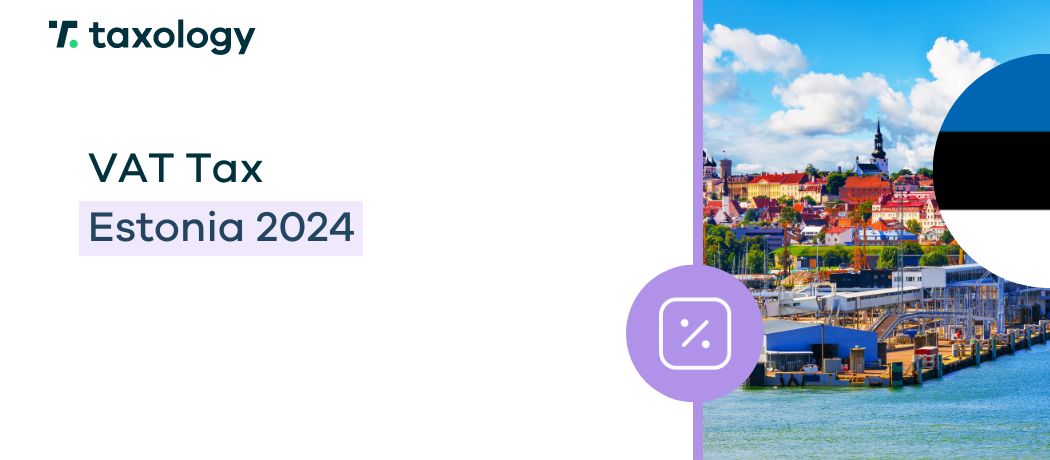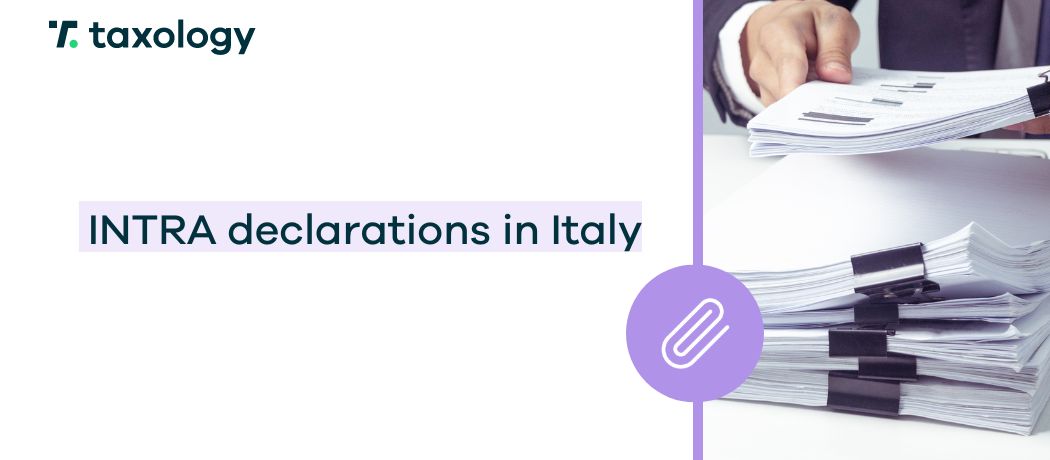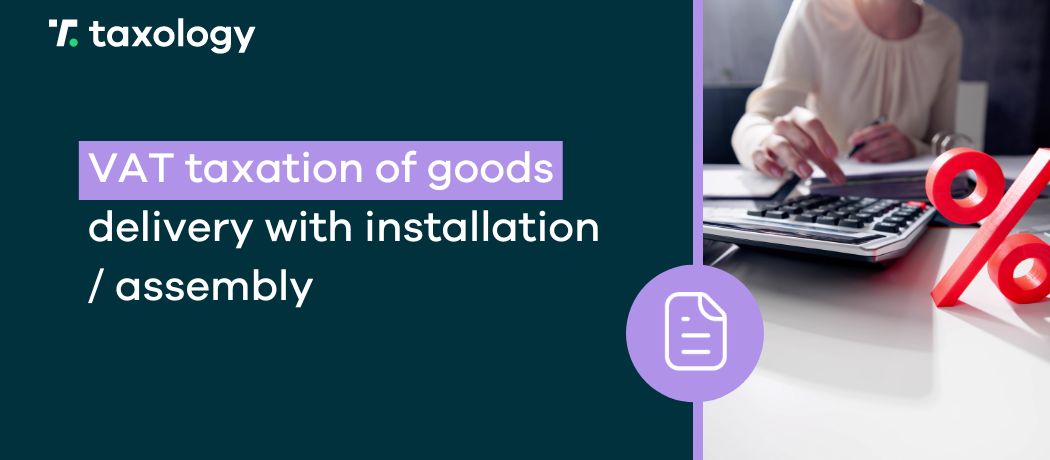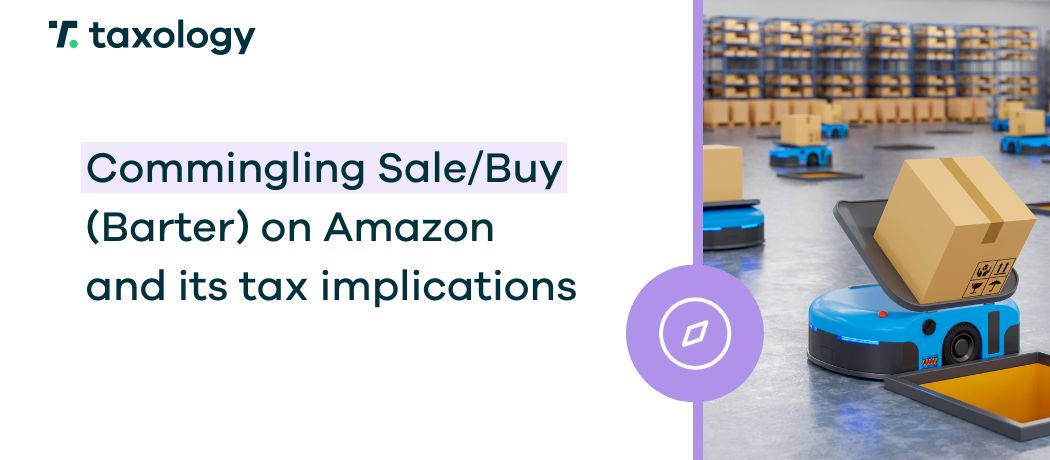Italy ranks as the fourth largest e-commerce market in Europe in terms of value. It is no surprise, then, that it attracts entrepreneurs looking to expand in this direction. However, […]
Read in: 4 minVAT Estonia 2024
- Last update: 22.03.2024
- Published: 24.05.2023
- Read in: 5 min
Value Added Tax, commonly known as VAT, is an integral part of economic transactions worldwide. The regulations can often be complex and vary from country to country, yet, it’s undeniable that understanding them is essential for conducting business legally and efficiently from a financial perspective.
Estonia, as a member of the European Union, follows a VAT system that complies with EU directives, but it also has its unique features, which we will present in this article.
From this article, you will learn:
- What the VAT rates in Estonia are?
- When you need to register for VAT purposes in Estonia?
- How to conduct VAT registration?
- What the deadlines for submitting VAT returns in Estonia are?
- What the Estonian Intrastat thresholds are?
VAT rates in Estonia
Estonia has a standard VAT rate of 22% (previously 20%) from January 1, 2024, which applies to all products and services not covered by reduced rates – 9%, 5%, and 0%.
9% – the first reduced VAT rate in Estonia
The first of the reduced VAT rates in Estonia is 9% and covers:
- certain pharmaceutical products,
- medical equipment for disabled persons,
- books (excluding e-books), newspapers, and periodicals,
- hotel services.
5% – the second reduced VAT rate in Estonia
The preferential VAT rate in Estonia, which is 5%, was introduced on August 1, 2022. From that date, it has covered physical media publications and those published electronically.
To distinguish a press publication from a book, check whether the work has received an International Standard Serial Number (ISSN) and an International Standard Book Number (ISBN). In the case of a press publication, it has only the former. In the case of a book, it has both or just an ISBN.
0% – the third reduced VAT rate in Estonia
The second of the reduced VAT rates in Estonia stands at 0% and covers, as in other EU countries, intra-community transport and international transport.
Who must register for VAT in Estonia?
VAT registration in Estonia is required:
- in the case of importing goods to Estonia from outside the EU,
- in the case of exporting goods from Estonia to third countries,
- when selling and buying goods and services in Estonia and through the Internet to consumers from Estonia,
- when acquiring goods from another EU country to Estonia (intra-community acquisition of goods),
- when storing goods in Estonia,
- when organizing paid events,
- when using services on a reverse charge basis.
As an EU member state, Estonia is also subject to the distance selling threshold, which from July 1, 2021, has been set at 10,000 EUR and applies to all intra-community transactions. Upon exceeding this limit, from the transaction that causes the threshold to be exceeded, businesses are required to settle VAT locally, which necessitates registration for VAT purposes in the respective country or under the VAT OSS scheme.
What does Estonian VAT registration oblige one to do?
After registering for VAT in Estonia, taxpayers are obliged, among other things, to:
- issue invoices in accordance with Estonian legislative guidelines,
- maintain accounting and archive documents for at least 7 years,
- apply approved foreign exchange rates.
Estonian Tax Office
The VAT registration process in Estonia takes place at the local equivalent of the tax office, which is the Tax and Customs Board – Maksu- ja Tolliamet:
Lõõtsa 8a, 15176 Tallinn,
E-mail address: emta@emta.ee.
VAT registration in Estonia
VAT registration or deregistration in Estonia can be done electronically through the website of the aforementioned office or submitted in paper form. It’s worth noting that companies can appoint a tax representative to perform VAT registration for them.
Additionally, during registration, relevant documents may be required, such as:
- confirmation of VAT registration in another EU country,
- company statutes,
- extract from the National Court Register,
- identity documents of the management,
- proof that the company will carry out taxable supplies in Estonia.
VAT Declarations in Estonia
In Estonia, every taxpayer is obligated to submit monthly VAT declarations. This can be done through the electronic system, and VAT taxpayers in Estonia have until the 20th day of the month following the reporting period to settle.
Intrastat Estonia
In Estonia, as an EU member state, there is an obligation for statistical reporting of Intrastat, which allows the EU administration to track the intra-community flow of goods.
This obligation is imposed on entrepreneurs after exceeding the thresholds set by national authorities, which in Estonia are 700,000 EUR for the arrival of goods and 350,000 EUR for the dispatches of goods. If you want to know what the Intrastat thresholds are in other EU member states, check our article Intrastat Thresholds 2024.
VAT Estonia - Summary
The Value Added Tax in Estonia is an integral part of the economic system, with its standard rate being 22%. The reduced rates are 9%, 5%, and 0%. Like in other EU countries, once the distance selling threshold is exceeded, businesses from other member states are required to settle their transactions to consumers in Estonia at the local VAT rates and report this tax in the country, or under the VAT OSS scheme.
If you run a business involving intra-community transactions to consumers from other European Union countries or Great Britain, you might need help regarding VAT: registration, settlements, or VAT OSS. In such case, do not hesitate. Schedule a consultation with us and see how our VAT Compliance specialists can help your business.
Moreover, if you want to learn more, check out our other articles, including those on VAT registrations in: Austria, the Czech Republic, France, Spain, Germany, Great Britain, and Italy.




